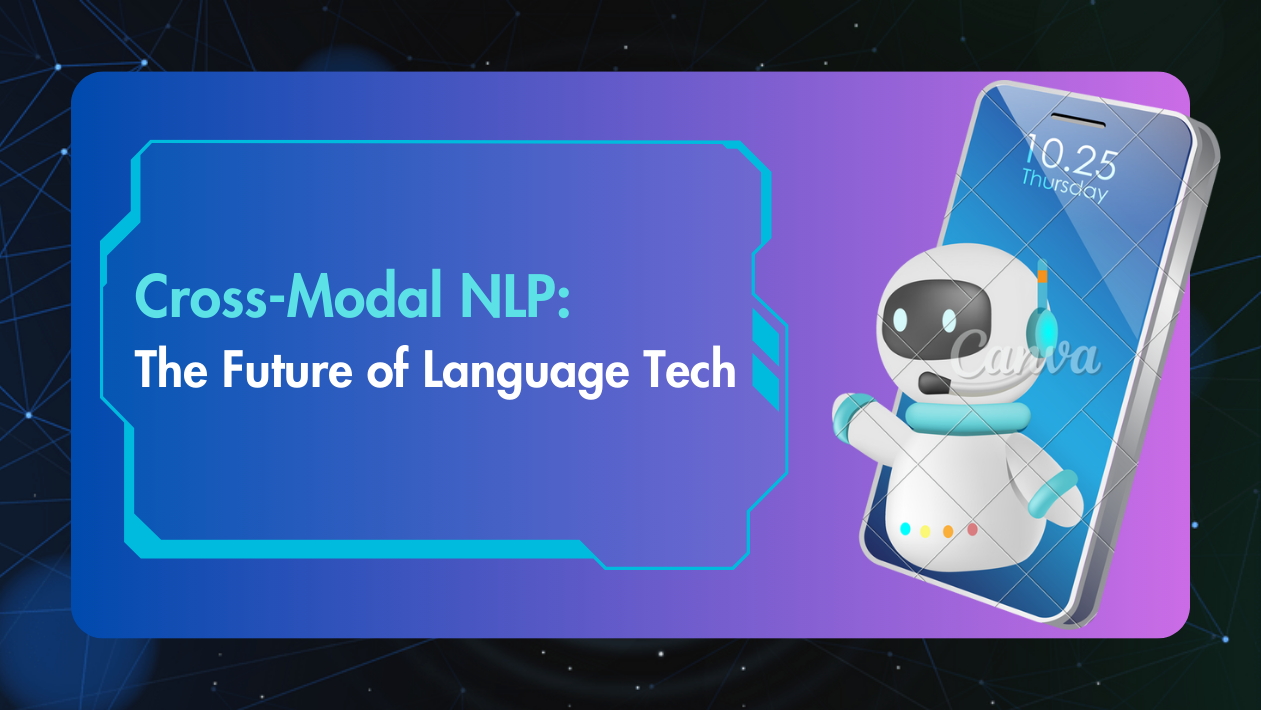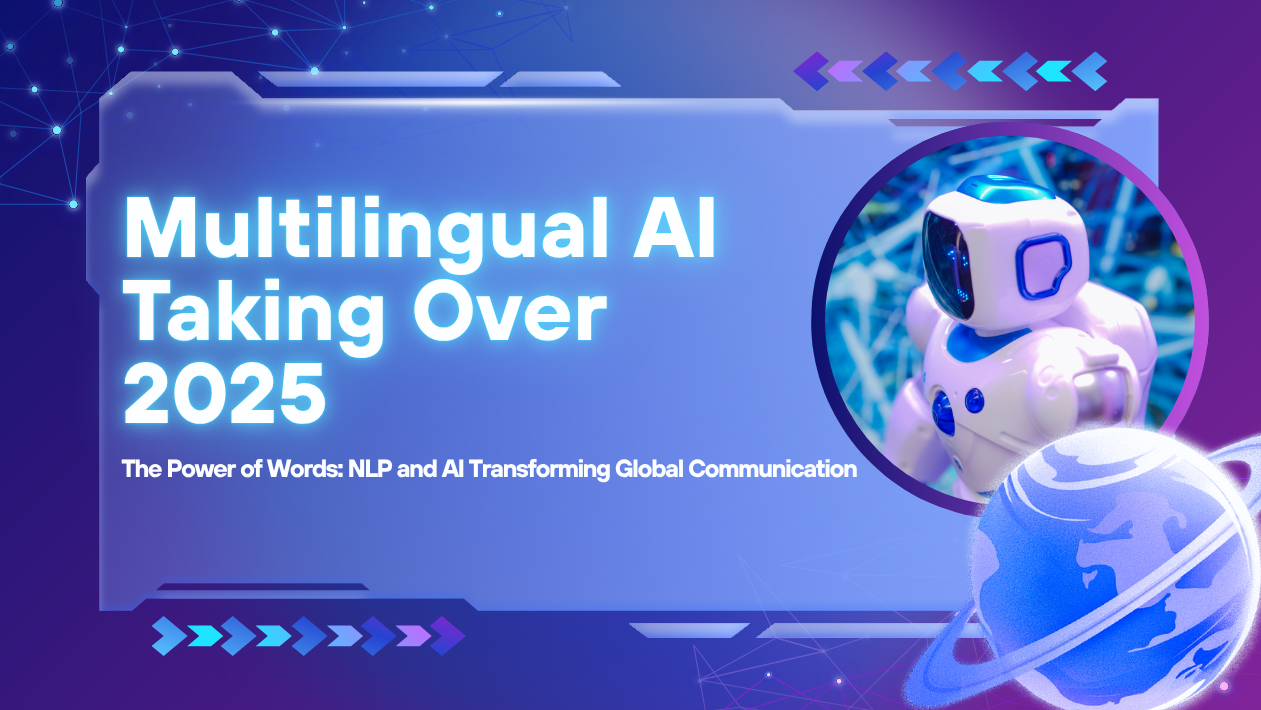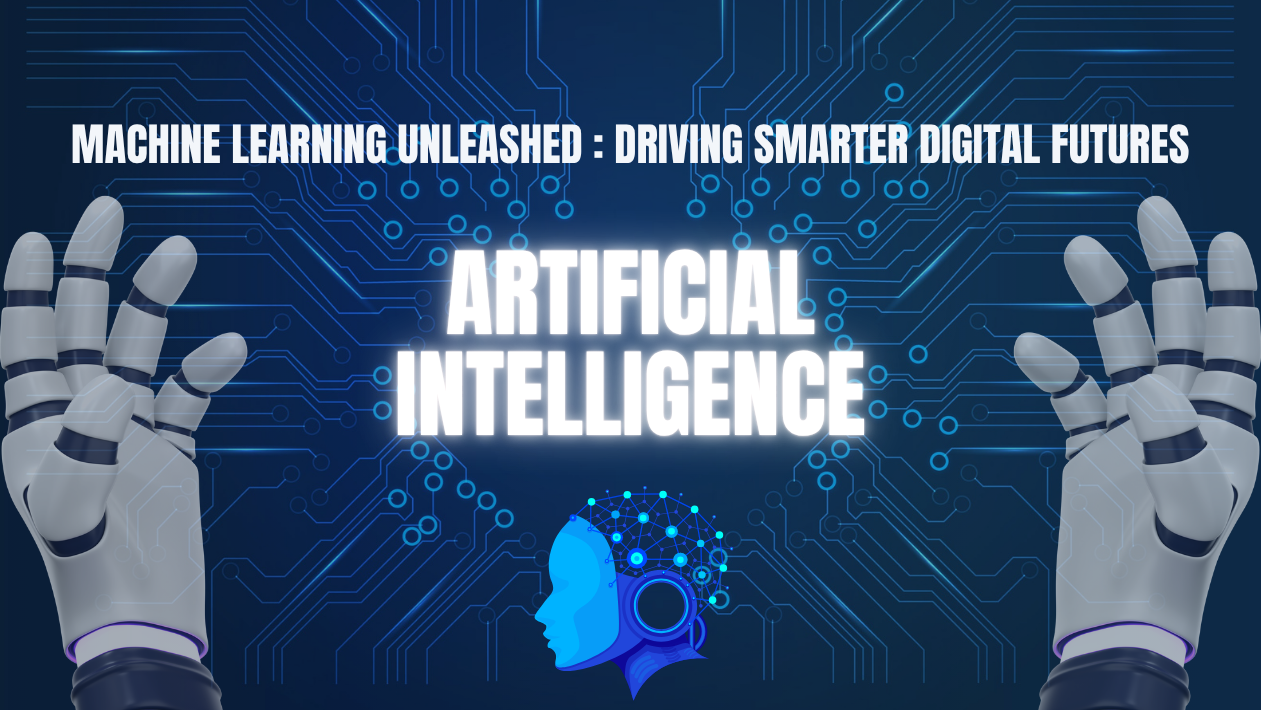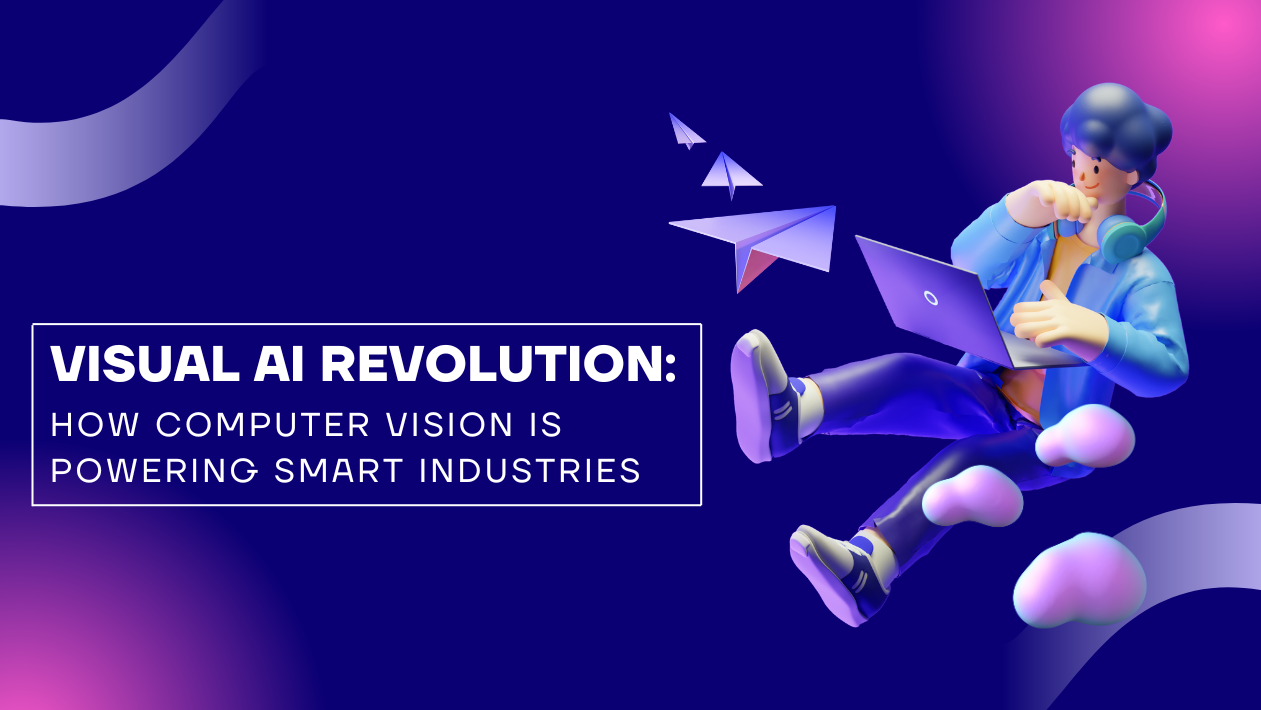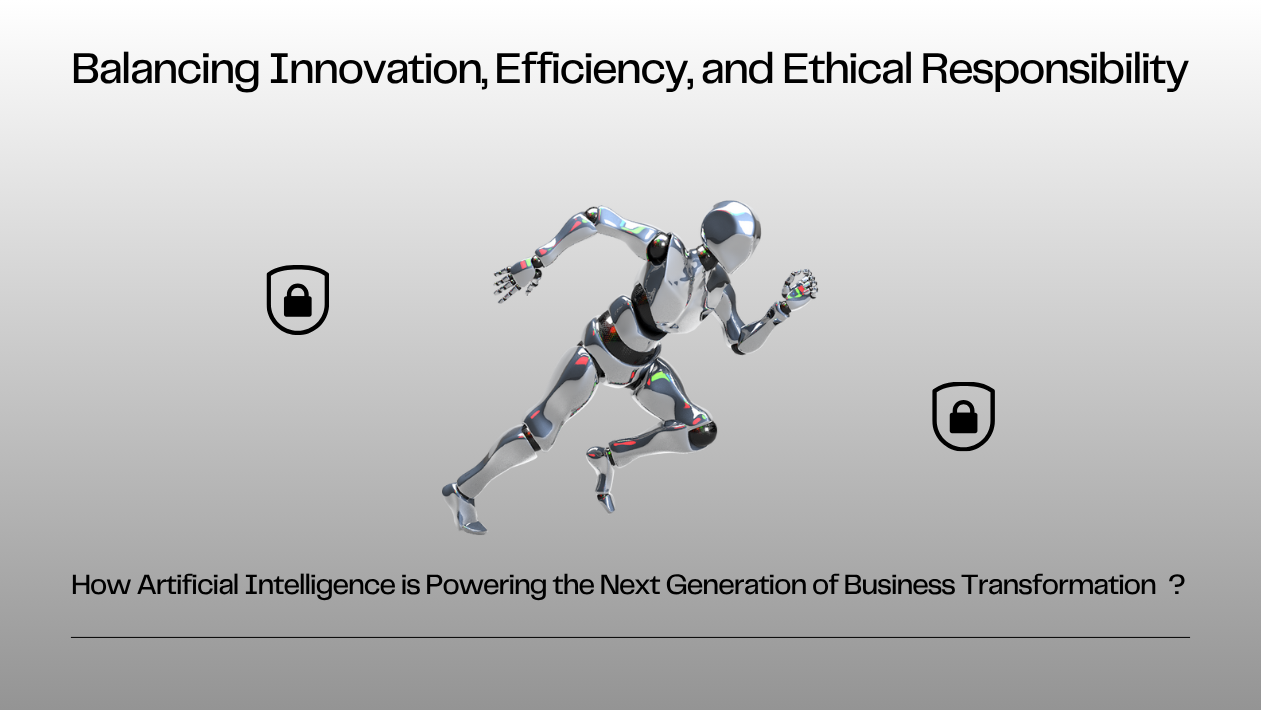Natural Language Processing (NLP) has become a core driver of digital transformation in 2025, enabling machines to understand, generate, and translate human language with unprecedented accuracy. From multilingual customer service to advanced legal and medical analysis, NLP is reshaping how organizations process information and engage with users.
Enterprise Adoption Reaches Record Levels
A new IDC report shows over 80% of large enterprises now use NLP for tasks such as document summarization, sentiment analysis, real-time translation, and AI-driven chatbots. Businesses cite faster decision-making, reduced labor costs, and better customer experiences as the top benefits.
Generative Language Models Enter the Workforce
Large language models—like GPT-5, Claude 3, and open-source alternatives—are embedded in productivity suites, automatically drafting contracts, reports, and marketing copy. Financial firms use domain-specific models to analyze regulatory filings, while healthcare providers deploy NLP to extract insights from medical records and support diagnostics.
Multilingual AI Bridges Global Markets
Breakthroughs in multilingual NLP allow seamless, real-time translation across more than 150 languages. Tools such as Meta’s SeamlessM4T and Google’s latest Translatotron power instant cross-border collaboration for education, trade, and diplomacy—dramatically lowering language barriers in international commerce.
Conversational AI Becomes More Human
Virtual assistants now feature context retention, emotional tone detection, and the ability to switch between text, voice, and video. This makes customer interactions smoother and more natural, particularly in banking, retail, and travel industries.
Focus on Responsible and Explainable NLP
As NLP systems handle sensitive data, concerns over bias, privacy, and misinformation continue. Regulators in the EU, U.S., and Asia are rolling out new rules requiring audit trails, data consent, and model explainability to ensure fairness and accountability.
What’s Next: Cross-Modal Understanding
Researchers are pushing beyond text and speech toward cross-modal NLP, where models interpret and generate content combining text, images, and video. This evolution promises breakthroughs in education, entertainment, and autonomous robotics.

